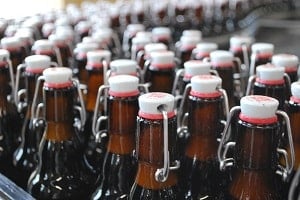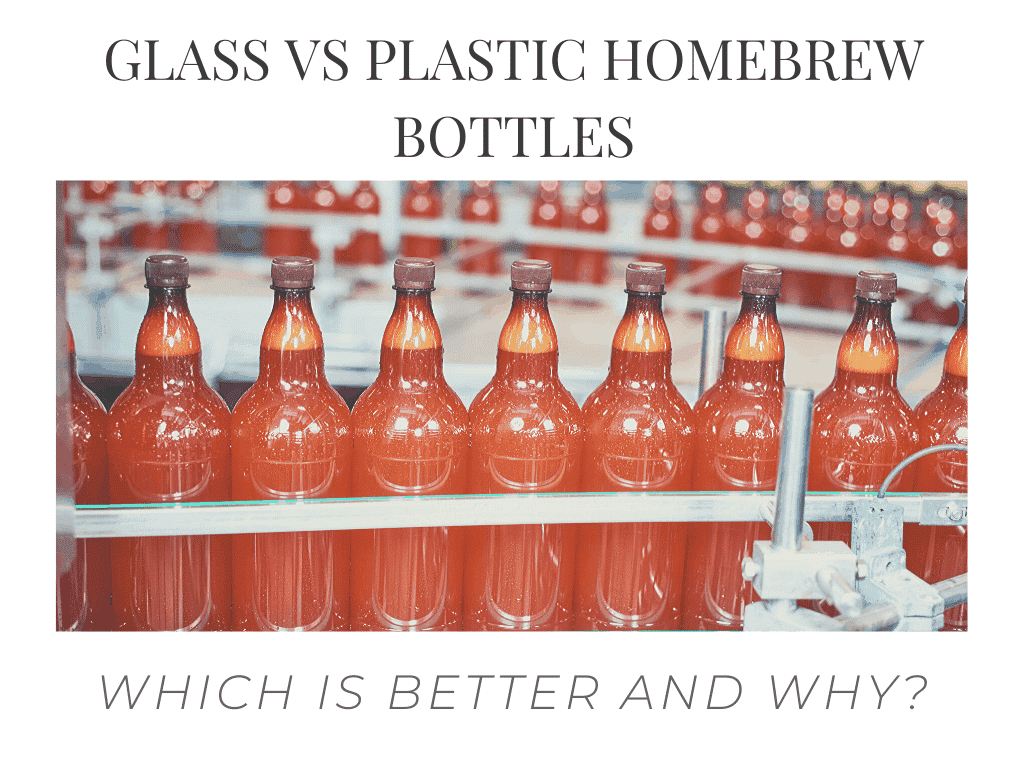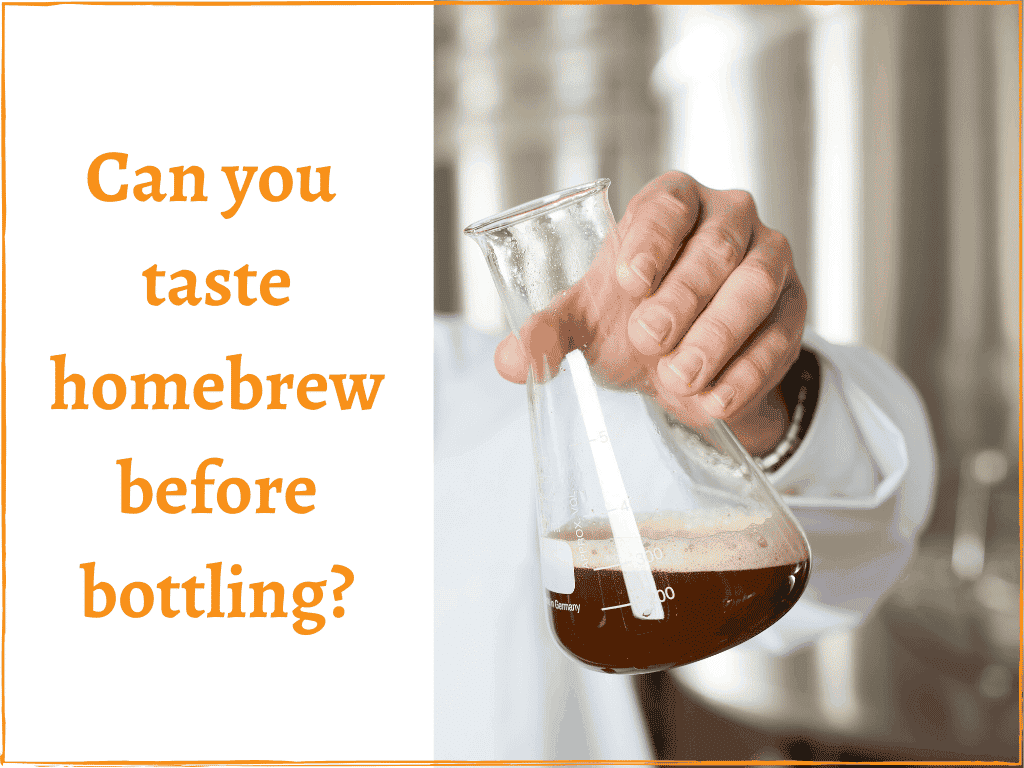Beer is one of the most popular drinks in the world and is enjoyed on all inhabited continents. Developed with the dawn of agriculture, beer spread quickly throughout the ancient world and defined the modern conception of human society. Over time it has become an important part of many human communities.
Beer is one of the most popular drinks in the world due to basic physical and psychological factors – namely its ability to alleviate anxiety and promote relaxation – and its more abstract, though no less influential role, in social bonding. Bars offer men a place to gather and compete away from their home and work responsibilities.
Read on to learn more about the science of alcohol and the history of beer throughout humanity’s past and present.
Topics We Cover
Why do people like beer so much?
By all metrics, beer is incredibly popular. It is the most widely consumed alcoholic beverage in the world and is the third most consumed beverage globally after water and tea.
The reason for beer’s overwhelming popularity is the physical effects of alcohol and the widespread drinking culture centered around the drink.
While many consumers list taste as an important factor when choosing beer, researchers from Northwestern University in Chicago determined that people choose to drink bitter drinks like beer because of their psychoactive effects first and foremost, and develop a palate for it later on.
Apart from the physical effects of alcohol, beer culture permeates the modern world and is an important part of human bonding. According to research done by the Campaign for Real Ale beer advocacy group, patronizing a local pub can improve your sense of community and develop social skills.
Moreover, since beer has a lower percentage of alcohol compared to wine and spirits, it allows for beer to more easily fill the role of a social drink without forcing the overconsumption of alcohol.
While the popularity of beer itself has remained relatively stable in the United States, beer culture has increasingly shifted towards craft breweries and home brewing. On average, the U.S. drinks 72.7 liters of beer per capita and consumes 23,920 million liters per year.
Why do people enjoy alcohol?
While modern man has nearly perfected the art of brewing, our attraction to fermented drinks comes from a strong sensory bias towards alcohol as a nutritional reward.
According to the Drunken Monkey Hypothesis, the warm temperatures and plentiful wild yeasts found in the tropical rainforests where primates evolved could provide a steady natural supply of alcohol. While it can be hard to differentiate ripe and unripe fruit, the strong scent of alcohol would have clued our ancient ancestors in to the presence of easily accessible nutrients in the form of simple sugars.
This theory has been supported by modern primates’ love for alcohol, from the pen-tailed tree shrew’s proclivity towards naturally occurring fermented fruits to the green vervet monkey’s love for partially fermented sugar cane and cocktails from bars and rum distilleries on the Caribbean island of St. Kitts.
While trace amounts of alcohol may have originally served to alert our ancestors to nutrient-rich food, there are a number of psychosocial reasons that alcohol is the most widely used psychoactive drug in the world.
Alcohol’s effects on our brain chemistry can alleviate anxiety and promote relaxation, encourage social bonding, and produce feelings of euphoria.
How alcohol alleviates anxiety and promotes relaxation
Alcohol is a depressant, a class of drugs that function by slowing down your nervous system and reducing the level of stimulation in your brain. By interfering with your brain’s communication pathways, consuming excessive alcohol can make it harder to think, talk, and move with coordination.
Consuming alcohol also slows down the pathways in your brain responsible for inhibiting movement and inducing anxiety, explaining why people are more likely to act impulsively after a few drinks. This effect is also responsible for the subjective calming effects of alcohol.
To counteract the slowing effect of alcohol on your nervous system the human body can also release dopamine, a hormone responsible for motivation.
This dopamine keeps you moving, supports social behavior, and can induce cravings.
However, chronic drinking can overload dopamine receptors and trigger lower overall dopamine production in the body, leading to decreased motivation and alcohol dependency.
How alcohol promotes social bonding
Along with its function as a depressant, alcohol also binds to the GABA receptors in your brain, the same receptors that are stimulated by oxytocin, a compound sometimes called the “love hormone.”
Both oxytocin and alcohol have been shown to promote social behavior, group bonding, and lowered anxiety.
How alcohol produces feelings of euphoria
The strong social effects of alcohol consumption can in turn result in the release of serotonin and endorphins, chemicals that make you feel good.
A brief history of beer in the western world
Beer has a long history and is deeply connected to the development of human society. While alcoholic beverages were created everywhere agriculture developed, the story of beer made from fermented barley begins in the fertile crescent.
Up until the Middle Ages in Europe, beer was brewed almost exclusively by women, was venerated as a divine blessing, and made civilization possible by providing a safe alternative to the water supplies that were easily contaminated by urban and agricultural waste.
Ancient Beer
Humans have been brewing alcoholic beverages since the dawn of agriculture 12,000 years ago. These early fermented beverages were made from a mixture of honey, fruit, and grains – an ancient hybrid of the drinks we know as mead, wine, and beer.
The first known example of a beer fermented exclusively from cereal grains was identified from sticky residue found inside five-thousand-year-old ceramic vessels from the ancient Sumerian settlement of Godin Tepe in modern-day Iran. The ancient Sumerians believed that beer was the divine blessing of the goddess Ninkasi, whose priestesses were the primary brewers throughout the civilization.
The religious significance of beer developed not only due to its psychoactive effects, but because even low-alcohol beer was significantly safer than water in an industrialized society where waste and agricultural runoff could easily contaminate water reservoirs.
Through its associations with powerful city-states and divinity, beers flavored with dates, mandrake root, and olive oil quickly spread to Babylon and Egypt as a drink enjoyed by all, from kings and pharaohs to slaves, peasants, and even children.
Beer brewing in the ancient world was almost exclusively the domain of women. The Babylonian Code of Hammurabi declared it a legal requirement for beer to be made by women, while the women who brewed beer throughout pharaonic Egypt became associated with the mother goddess Hathor.
Beer in the Classical World
From Egypt, beer traveled to the ancient Greeks and Romans. While beer production continued in the classical world, these two wine-loving civilizations viewed beer as a lower-class beverage fit only for savages.
The Roman Emperor Julian even wrote a poem to complain that beer was low-brow and smelled like goat.
Despite Greek and Roman resistance to beer, Celtic tribes throughout Europe enthusiastically adopted beer as early as 800 BC. Just like in Egypt, Celtic women brewed beer flavored with various natural flavorings including mugwort, carrot seeds, henbane, and hops.
Beer in Medieval Europe
The development of modern beer-making began with Charlemagne’s conquest of Europe and the subsequent rise of Christianity throughout the continent.
As Holy Roman Emperor, Charlemagne asserted his authority over countless areas of society, including beer-making traditions. He claimed the exclusive privilege to produce alcohol, only permitting select imperial households and monasteries the legal right to brew beer.
Throughout the 11th and 12th centuries, the increasing industrialization and standardization in brewing prioritized long-lasting beers by adding larger amounts of preservative hops and brewing beers with higher concentrations of alcohol.
At the same time, these European landowners launched a campaign to vilify the homebrewers who continued to make beer for their local communities by accusing them of witchcraft. In fact, many of the common tropes we associate with witches today are vestiges of a medieval campaign to stigmatize home-brewing, from the cauldrons where they would boil their wort to the cats and broomsticks necessary to maintain a sanitary, rat-free brewery.
Women would continue to brew beer for their local communities up through the 16th and 17th centuries, but the increasing weight of legal pressure against home brewers eventually succeeded in pushing lower-class people and specifically women out of the industry.
Food Purity laws banned the use of ingredients other than barley, water, and hops in beer, making the majority of traditional beer-making methods illegal. In 1540, the city of Chester explicitly banned women from the ages of 14 to 40 from making beer.
Global Beer Culture
As the British Empire began to expand its territory across the world, colonialism brought with it European beer-making traditions to countries like South Africa, China, and America, where light lagers became increasingly popular.
In addition, the prestige of European goods throughout colonies such as these helped the spread of beer across the globe.
The long global trade routes that supplied the British Empire further pushed innovation in beer with the development of heavily hopped IPAs that could survive the trip from breweries in India to England.
As beer developed into a global phenomenon, Europeans carried with them the misconception that beer was unsuited for women. Thus, women were almost entirely excluded from directing brewing operations throughout the 20th century and those that persevered in the industry were dragged as masculine and unwomanly.
Modern beer culture in the western world
Beer, as we know it today, was for many years the domain of regularly available low-ABV pilsners such as Budweiser, Coors, and Pabst Blue Ribbon.
While there may not have been a large variety of brews available, men could gather socially at bars or pubs or at sports bars as a way of bonding or strengthening their male identities.
Bars as a “Third Place”
Throughout the development of modern beer culture, the bar has been an important feature in developing and maintaining communities.
This was described by the sociologist Ray Oldenburg, who described the bar as a “third place” where communities could develop free from the responsibilities at work or at home.
Pubs and Taverns
As a “third place,” pubs and taverns have traditionally provided a place for men to gather, converse, and share information.
Free from the responsibilities of the outside world, bars provide a location to safely cast off the expectations of society in a comfortable and permissive environment where friends are allowed to share and bond in a way often discouraged elsewhere in western society.
Since taverns offer a space outside everyday society, It’s no surprise that taverns served as the birthplace of the American Revolution.
Though bars have become increasingly welcoming to all genders, taverns, beer gardens, and pubs have traditionally been locations of sexual segregation.
This kind of segregation historically provided a safe space for male bonding free from the pressures of the home, but simultaneously excluded women from the early stages of modern western beer culture. This exclusion explains why only 21% of women ranked beer as their favorite alcoholic beverage in 2020, compared to 55% of men.
Modern bars are more diverse than ever, yet they remain true to their legacy as a meeting place for communities to find respite from the responsibilities and expectations of the outside world.
Sports bars
While pubs and taverns have historically provided a place to set aside some of the responsibilities of the outside world, the development of sports bars provided a location for men to reaffirm their masculinity.
According to Professor Lawrence Wenner’s study of male rites of passage, public drinking and sports are two significant initiation rituals that smooth the transition from boy to man. As many adolescent boys are unable to take on all the responsibilities associated with manhood, the opportunity to act out masculinity through the physical competition of sports and the social competition seen in displays of public intoxication can help strengthen male identities.
Even though traditional bars often provide a venue for male bonding, sports bars offer sites of overtly masculine bonding, where men can reassert their identities as strong, competitive, and unique individuals by taking part in forms of socially acceptable aggression.
The Rise of Craft Breweries and Homebrewing
In 1978, H.R. 1337 was signed into law, making it legal for an individual to brew beer in their home. Since then, a homebrewing revolution has completely transformed the market as craft breweries and homemade beer developed into a serious challenge to the mass-produced commercial beer that had come to dominate the market.
Craft Beer and homebrewing have become increasingly popular due to their focus on new experiences and on developing communities based around enjoying beer as a form of culinary and scientific exploration.
Homebrewing beer
Homebrewing has become an increasingly popular hobby with over 1.2 million people in the United States making beer at home as of 2013, up from just 400,000 in 2005 according to the Homebrewer’s Association.
The intense interest in homebrewing can be attributed to the hobby’s tight-knit community, intellectual challenge, and countercultural appeal.
When asked why they became homebrewers, respondents usually described enjoying the social and skill-based aspects, including:
- The freedom of a home lab
- The art and science of beer brewing
- Friendship and community
In addition, homebrewing culture is heavily influenced by its presentation as the continuation of a countercultural legacy. Some of the images frequently used to define the homebrewing movement are:
- The Medieval legacy of homebrewing
- Homebrewing as rebellion against the British during the American Revolution
- The development of modern American homebrewing in the radical 1970s
- Homebrewing as a rebellion against mass-produced corporate products
Craft breweries and taprooms
An offshoot of the homebrewing movement, craft breweries have become increasingly popular for many of the same reasons as the hobby at large.
Brewpubs and taprooms are popular for their lively communities that come together to share knowledge, friendship, and experience about beer. What’s more, the hyperlocal nature of taprooms supports their image as unique locations specifically catering to their community.
While the highest proportion of craft breweries still occur in historically high beer-producing areas and cater to a traditionally beer-drinking demographic, the taproom’s model of beer as a unique, local experience has led to widespread interest.
As of 2017, an estimated 30% of trips to craft taprooms directly replaced a trip to the local bar as these small-scale breweries have spread from the urban midwest to non-urban communities across the country with an increasingly diverse customer base.
According to the Alcohol and Tobacco Tax and Trade Bureau, almost a quarter of all breweries in 2020 were considered brewpubs that brewed small batches to sell in taprooms.
Beer Festivals and Competitions
Craft beer festivals and competitions have become increasingly popular with younger generations as a way to experience new culinary experiences while simultaneously enjoying the joys of travel and large-venue events.
Most frequented by Millennials, beer festivals are often attended for their party atmosphere and elements of traditional culture. But one of the most significant reasons that beer festivals are particularly memorable is the travel associated with the event, which primes attendees’ minds to be more receptive to new experiences.
Other ways that travel can improve engagement with activities like beer festivals and competitions include:
- Sensory connections
- Emotional connections
- Social and interpersonal connections
- Novelty and experimental connections
- Focus and attention
- After-trip reflection
- Before-trip expectations and excitement
For the web story version of this article click here!





